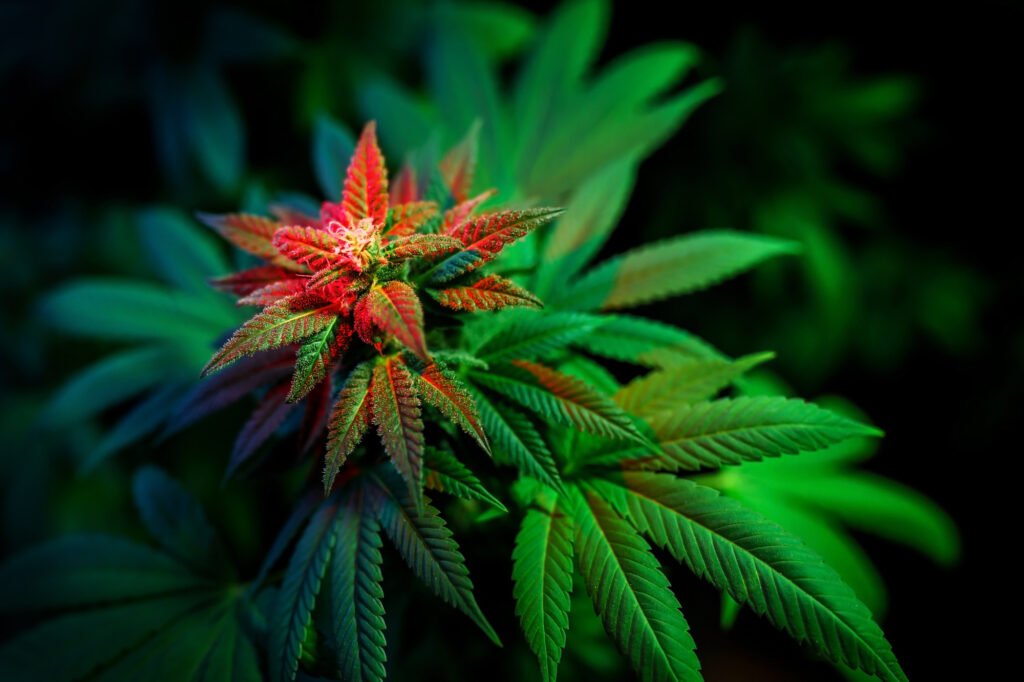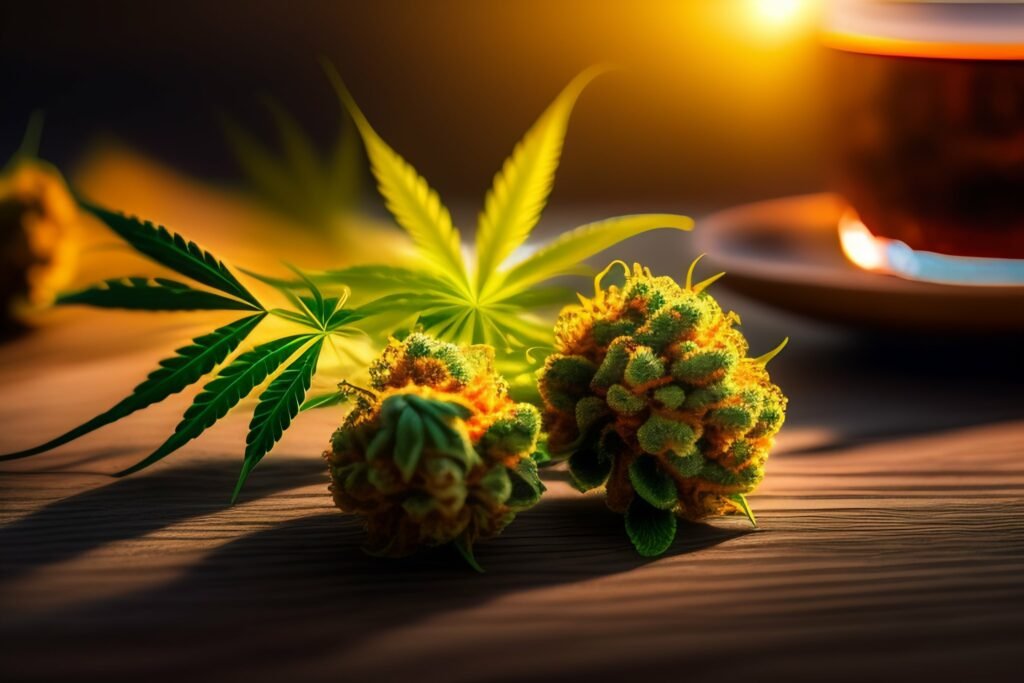Cannabis or marijuana has different strains used for medical and recreational purposes. A marijuana strain is a unique genetic variety responsible for its color, size, and other physical characteristics. Moreover, the strain also influences the physiological and psychological effects of cannabis.
Breeding different strains can give birth to a new strain. From simple marijuana strains, many have emerged with years of private and commercial cultivation and breeding in various parts of the world. Learn the important things about marijuana strains to help you understand why they have different physical characteristics, effects, cultivation needs, and market demands below.
- Marijuana Types
Identifying different marijuana strains can be challenging, but a trained eye can spot the difference. Cannabis experts can conduct a visual inspection and take note of the mind-altering effects to determine the strain.
As a good start, it’s crucial to know the main types or species of cannabis first to understand better why the effects and physical characteristics are different. The main species of marijuana are:
- Cannabis Sativa
Pure cannabis Sativas are tall, up to 4.5 meters high. They have large, narrow-bladed leaves and long branches. Sativas are popular for their energizing effects due to their high tetrahydrocannabinol (THC) content, which is responsible for the psychedelic or ‘high’ effects of cannabis.
- Cannabis Indica
Pure cannabis Indica varieties are short with wide leaflets. And due to its short stature, indoor cultivators usually prefer growing this strain. A good thing to note about Indica strains is they’re known for their relaxing effects due to their higher cannabidiol (CBD) content than THC. CBD is also known for marijuana’s therapeutic or medicinal benefit claims.
- Cannabis Ruderalis
Ruderalis is generally shorter and stalkier compared to its counterparts. It’s a popular strain for breeding auto-flowering marijuana strains. They also have shorter cultivation periods, highly favored by cultivators, allowing them to harvest all year round. However, due to its low potency, Ruderalis isn’t widely used.
- Hybrid Marijuana Strains
Breeding marijuana Indica and Sativa strains can produce hybrid varieties. In most cases, hybrid cannabis strains have dominant traits depending on their parent strains. Hence, breeding a new variety with more Indica traits is called an Indica-dominant hybrid strain. On the other hand, a hybrid with more Sativa traits or effects is called a Sativa-dominant hybrid strain.
Because hybrid varieties are a combination of different strains, they have unique characteristics and effects. And with years of crossbreeding, breeders have created various strains and given them unique names based on their parent species, discoverers, or personal name preferences.
For instance, the sweet texture and taste, cereal milk strain is a hybrid variety. It’s a result of breeding Y Life (60 percent Sativa and 40 percent Indica) and Snowman, a Sativa-dominant strain.
- Effects Of Marijuana Strains
Each marijuana strain has unique characteristics and effects, but the exact effect of a cannabis strain depends on the parent strains. To better understand the effects of cannabis strains, breeders categorize them into the following:
- Sativa-Dominant Cannabis Strains: Because Sativas usually produce energizing or mind-high effects, Sativa-dominant hybrid strains can make you feel more creative and productive. They’re better to consume during the daytime because of their stimulating effects.
- Indica-Dominant Cannabis Strains: Indicas are known for their relaxing or calming effects, making Indica-dominant strains suitable for night-time or days-off use. They can make you sleepy. Hence, users must avoid operating machinery and driving once they consume them.
- Genetics Makes The Difference
Genetics is the reason why marijuana plants look different. Different factors, such as the following, can influence genetic qualities:
- Weather Patterns: Sativa cannabis plants grow healthily in warmer conditions. So, it’s not surprising to know that Sativa marijuana strains come from southeast Asia, like Cambodia, Vietnam, and Thailand. On the other hand, Indicas grow best in warmer southern climates, wherein summer is hot, humid, and wet, and winters are cool and mild.
- Soil Condition: Growing cannabis entails using the right soil condition so you may want to get help from Kind Seed Co if you’re attempting to grow your marijuana.
- . Indica strains usually originate from harsh mountainous regions like Pakistan and Afghanistan. Sativa varieties grow taller in soil with higher nitrogen content.
- Genetic Engineering: Feminized marijuana seeds have been genetically engineered to produce female plants. They’re produced through a chemical reversal process in a controlled environment, targeting female cannabis plants to generate pollen to pollinate other female marijuana plants. Cannabis growers prefer using feminized cannabis seeds because they’re the ones that produce buds or flowers, which means more yield. After all, the buds are what consumers buy for recreational or medicinal purposes.
Conclusion
Marijuana strains are the result of genetics and breeding practices. And identifying the strains is crucial in propagating, harvesting, and using cannabis.
With the increasing acceptance of marijuana’s role in healthcare, knowing the different strains can help people determine the best ones suitable for certain medical conditions per doctor’s advice. Meanwhile, for recreational users, strain awareness can help them ensure they use cannabis responsibly.





